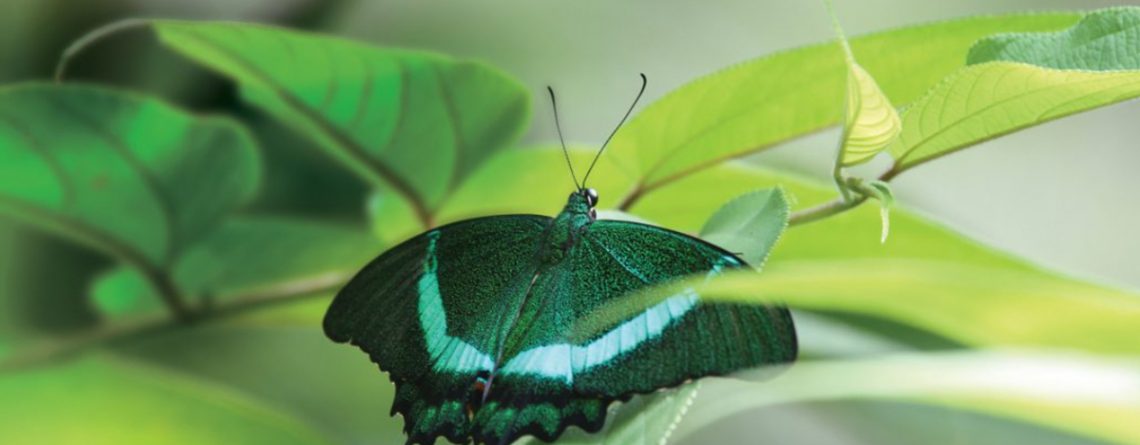How the Life Cycle of Butterflies are Connected to Us Now
Published in TTR Weekly
https://www.ttrweekly.com/site/2020/06/take-a-lesson-from-the-butterfly/
Amid this unfamiliar time of pandemic, many of us are facing challenges in life that is uncertain. Our way of living has changed when we have to adapt to a “new normal”, a way of living that most of us are still figuring out and adjusting into. Normal now is about having a space to stay safe and using alternative ways to establish a human connection. We need to rethink about our health, leisure activities and work and home settings. Whether or not, this transition is comfortable, it is a move that we have to make in order to survive.
Looking at the bright side, this new normal is also about humans allowing nature to take its course and live freely. While we are on this “break”, we let the trees grow, the sea creatures to swim and the birds to fly. An insect that we could all relate to at this moment would be the majestic butterflies. Every stage of its life cycle, takes its body into a different shape and size. A fascinating phenomenon to watch as they break from their eggs into caterpillars that feed and moults up to seven times until they are ready to become their adult form. The outer skin hardens forming a protective shell for the caterpillar to develop its body and wings.
Once ready, the new butterfly will come out of its shell and spread its wings. One of the best places for butterfly watching in Malaysia is Langkawi, a place better known for its recreational and duty free attractions. Nevertheless, Langkawi is a home to more than 500 butterfly species. For those who are new to or are interested in butterfly watching, mark Gunung Raya and Telaga Tujuh on your map and plan for a trip in the near future.
Many new butterfly watchers would ask: how do you differentiate a butterfly and a moth? Generally, butterflies are active during the day while moths are active at night. The best way to identify a butterfly is with its club-like antenna that looks like a matchstick. Moths however, are heavy-bodied with antennas that are usually hairy.
Butterfly watching can be interesting if you know what to look out for. You could start off with identifying the six families of the insect. Ranging from small to large, they are Lycaenidae, Pieridae, Nymphalidae and Papilionidae. And if you are lucky, you’d be able to find some rare ones like the Riodinidae. These families are called the “true” butterfly families.
The Lycaenidaes are the smallest ones among the 6 families with measurements between 20mm to 35mm for each butterfly. A common name for this family is the Blues as most of them are blue in colour. You could find the Blue family members, Cycad Blue and Grass Blue fluttering by the roadsides or in gardens. The other non-Blue butterfly family are Coppers, obviously for its copper-orange wings and Common Pierrot with black and white pattern wings. That is just the very few Lycaenidaes among the 140 species documented in Langkawi.
Moving on to the Pieridae family, the medium sized Whites and Yellows. Out of 24 species, the little white butterflies flying close to ground are called Psyche. They are about 30mm to 40mm in size with all white wings. As for the Yellows, look out for the pale Tree Yellow with a dark tip on the upper side and the Banded Yellow with dark ring around the edge of its forewings. The Great Orange Tip is the largest of the Whites and Yellows family in Asia. Approximately 80mm to 100mm in size, its wings are white with bright orange tips on the forewings.
The Nymphlidae family has so many different shapes and colour wings. They are also known as the four-footed butterfly because their front pair of legs is non-functional. Common Tiger is one of the Nymphalidae that stands out for its bright orange forewings and white hindwings wrapped with dark veins. The checkerboard black and white Tree Nymph is known as surat, which means letter in Bahasa Malaysia. The nickname might have come about from the way it ‘floats’ in the air, flapping its wings slowly like a piece of paper.
The dark and mysterious Papilionade usually has black wings with markings of various colours. If you take the road up to Gunung Raya, you may spot the black and yellow Golden Birdwing flying high in the air. The Great Mormon has a soft metallic grey or blue sheen on its velvety wings. But they are pretty rare and can only be found in thick forests.
The Hesperiidae on the other hand, is known as the Skippers. The Skippers are usually small or medium sized with antennas tapered at the end. It might be a bit hard to spot a Skipper due to their fast flying style and the dull earthy coloured wings.
Let these butterflies remind us of the metamorphosis of life. We need to stay hopeful and endure this journey together, and not forget the importance of finding joy in the simplest of creatures.
Author: Dr. Hezri bin Adnan (Former CEO of LADA)
Contact:
About Langkawi Development Authority (LADA)
Langkawi Development Authority (LADA) was established by the federal government to plan, promote and implement development on the island of Langkawi. LADA was officially established on March 15, 1990 under the Langkawi Development Authority Act 1990 (Act 423) and placed under the authority of the Ministry of Finance.
For further details, please visit www.lada.gov.my or visit www.naturallylangkawi.my
Langkawi Development Authority, LADA
Tel : 04-9600600
Faks : 04-9661019
Email : [email protected]


